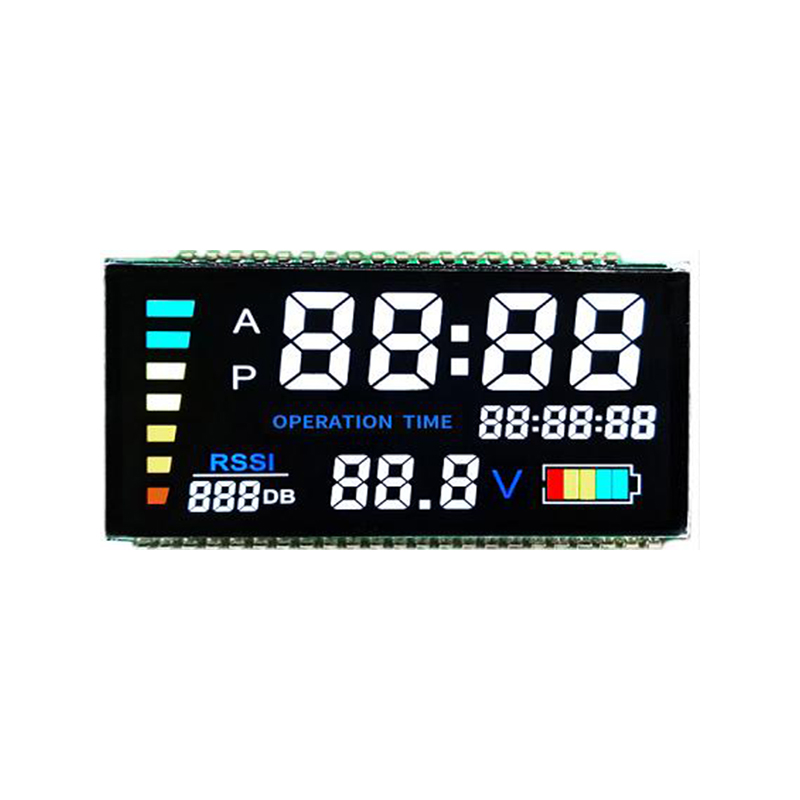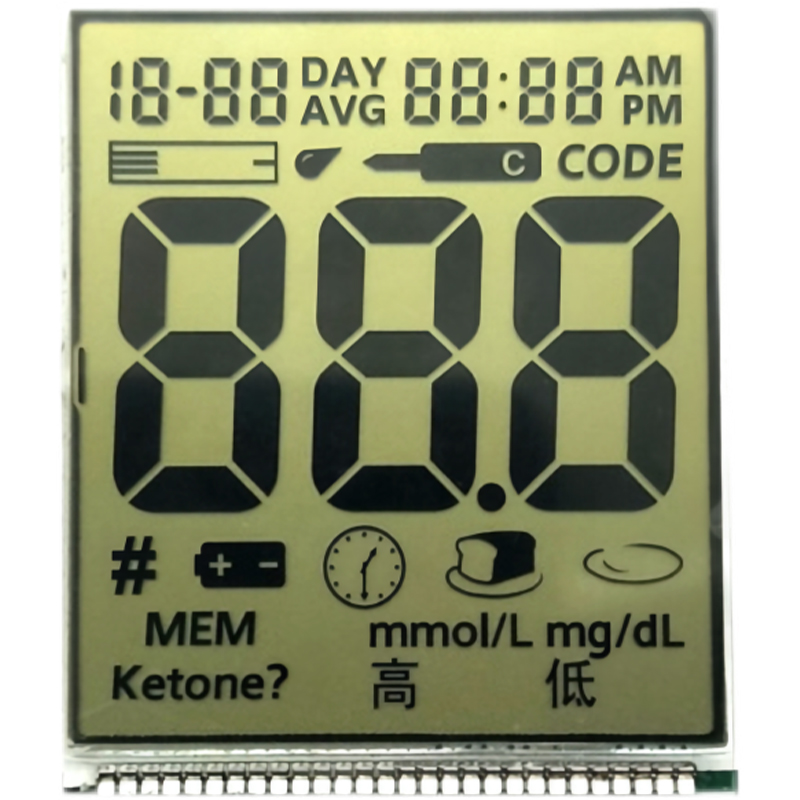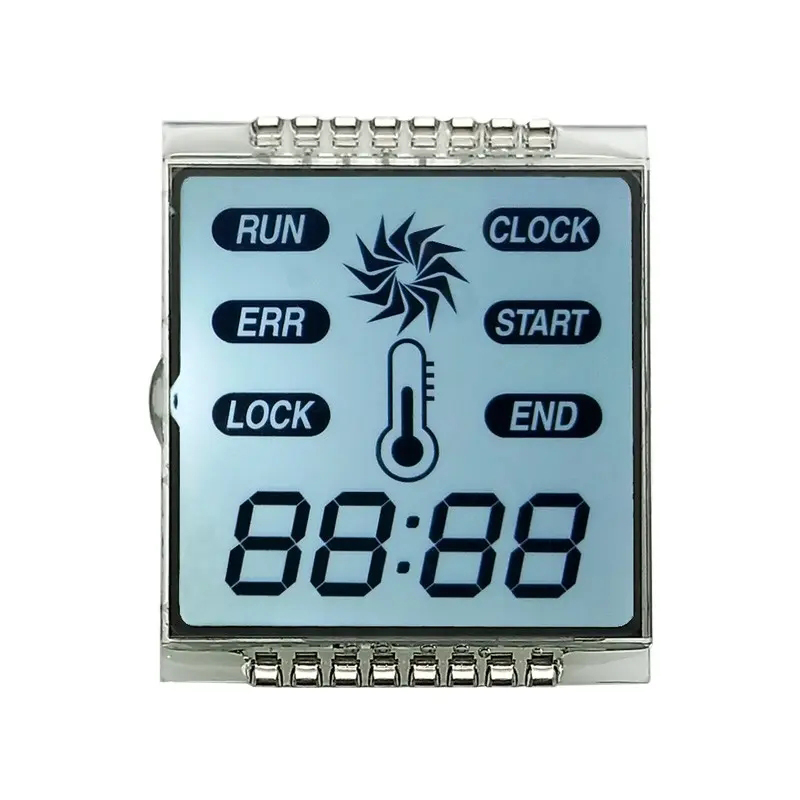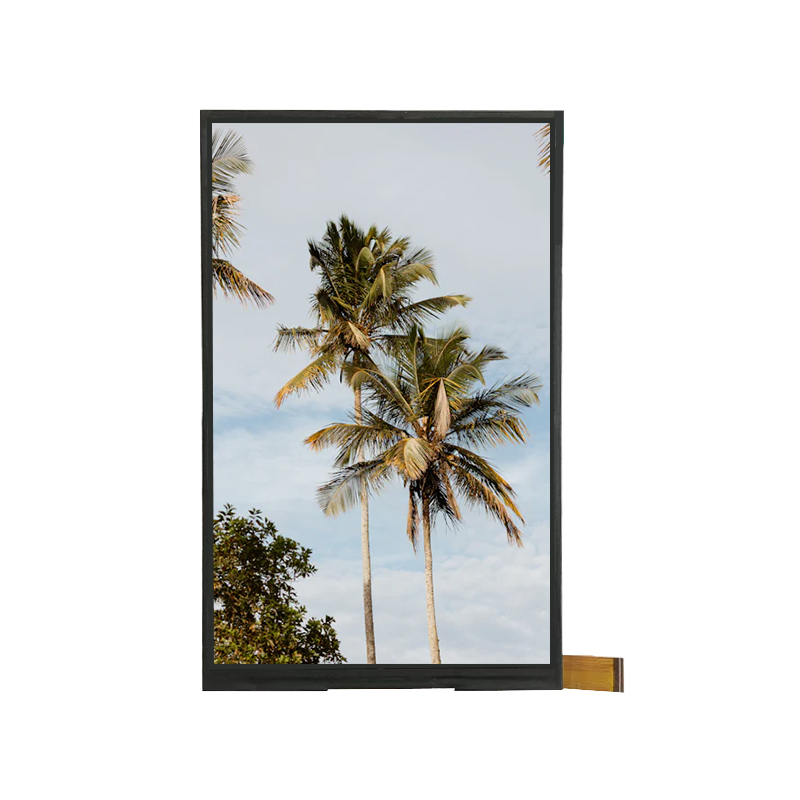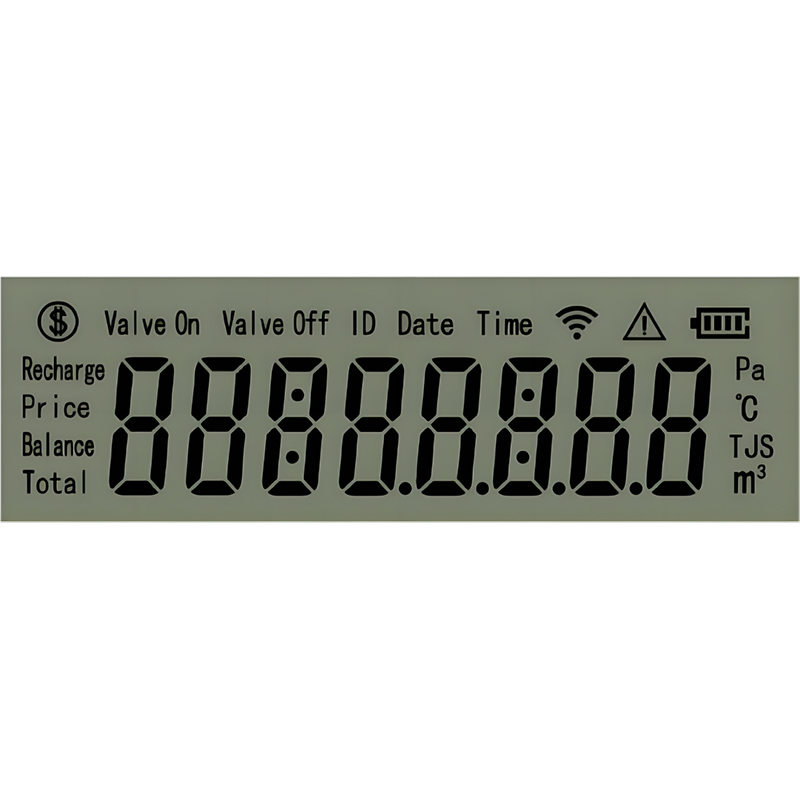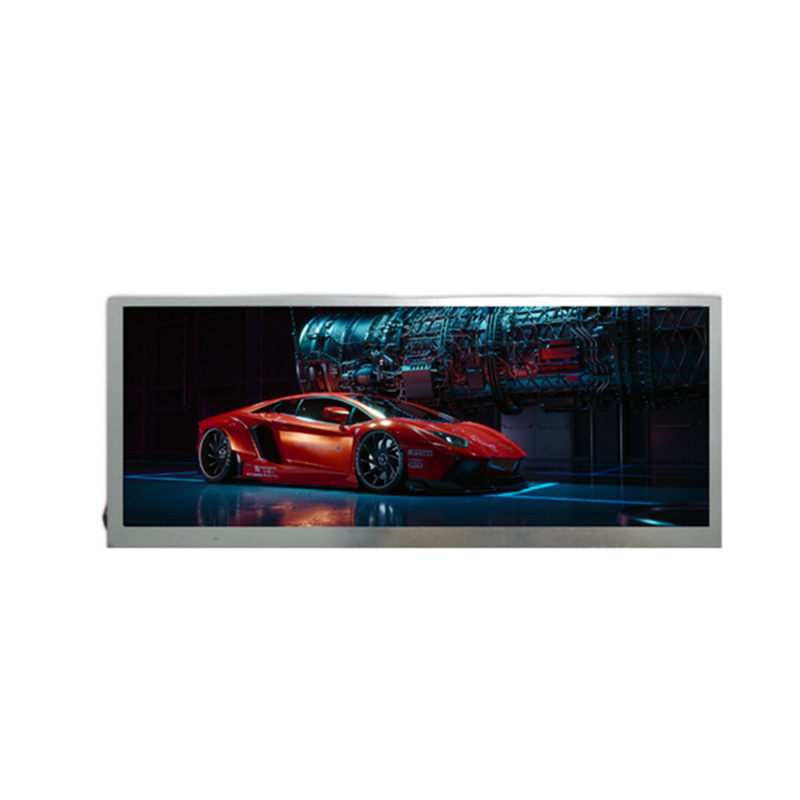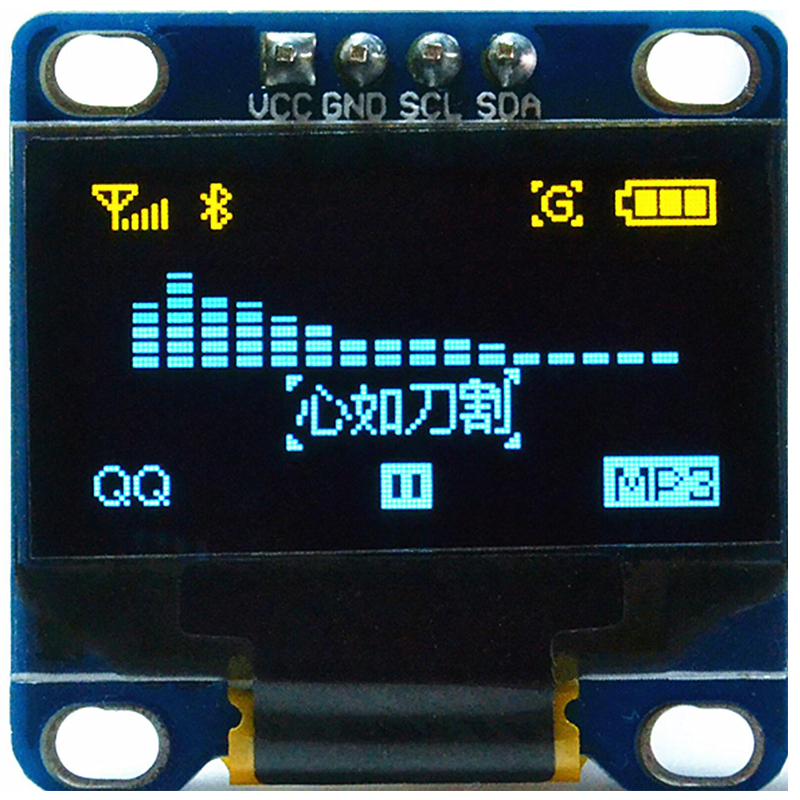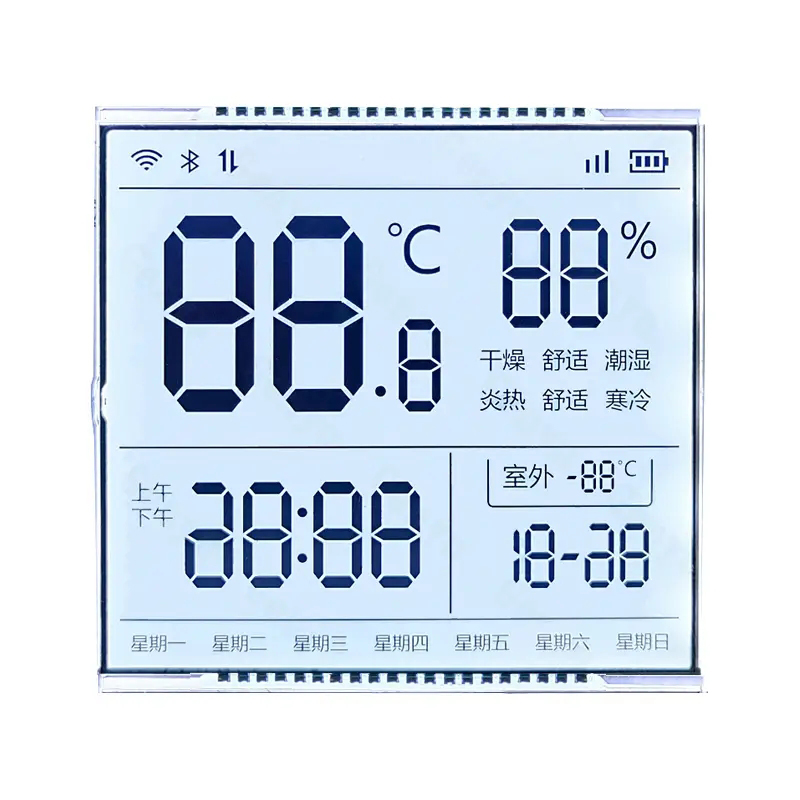
This guide provides a complete overview of 8x8 LED dot matrix displays, covering their features, applications, and considerations for selection and integration. Learn about different types, common uses, and how to choose the right display for your project.
An 8x8 LED dot matrix display is a common type of display that uses an array of 64 LEDs (8 rows x 8 columns) arranged in a grid. Each LED can be individually controlled to create various patterns, characters, and even simple animations. These displays are popular due to their relative affordability and ease of use, making them suitable for numerous applications.
While the core principle remains the same, 8x8 LED dot matrix displays come in various configurations. Key differences include the type of LEDs used (e.g., common anode vs. common cathode), the packaging (e.g., DIP, surface mount), and the color (typically red, green, yellow, or bi-color). Choosing the right type depends on your specific needs and constraints.
Their versatility makes 8x8 LED dot matrix displays ideal for a wide array of projects. Some common examples include:
Choosing the optimal 8x8 LED dot matrix display requires considering several factors:
Before making a purchase, carefully consider the following:
Controlling an 8x8 LED dot matrix display typically involves using a microcontroller, such as an Arduino or Raspberry Pi. These microcontrollers can send signals to each individual LED, allowing you to create custom displays.
Most microcontrollers are easily compatible with 8x8 LED dot matrix displays. Libraries and example codes are readily available online to simplify the integration process.
High-quality 8x8 LED dot matrix displays are available from various suppliers. For a reliable source, consider exploring reputable electronics component distributors. For large-scale projects, consider contacting manufacturers directly. For example, Dalian Eastern Display Co., Ltd. provides a wide selection of LED displays.
8x8 LED dot matrix displays offer a cost-effective and versatile solution for various applications. By understanding the key considerations discussed in this guide, you can select and integrate the right display for your project. Remember to choose your components carefully and consider factors such as LED type, brightness, viewing angle, and power consumption.

